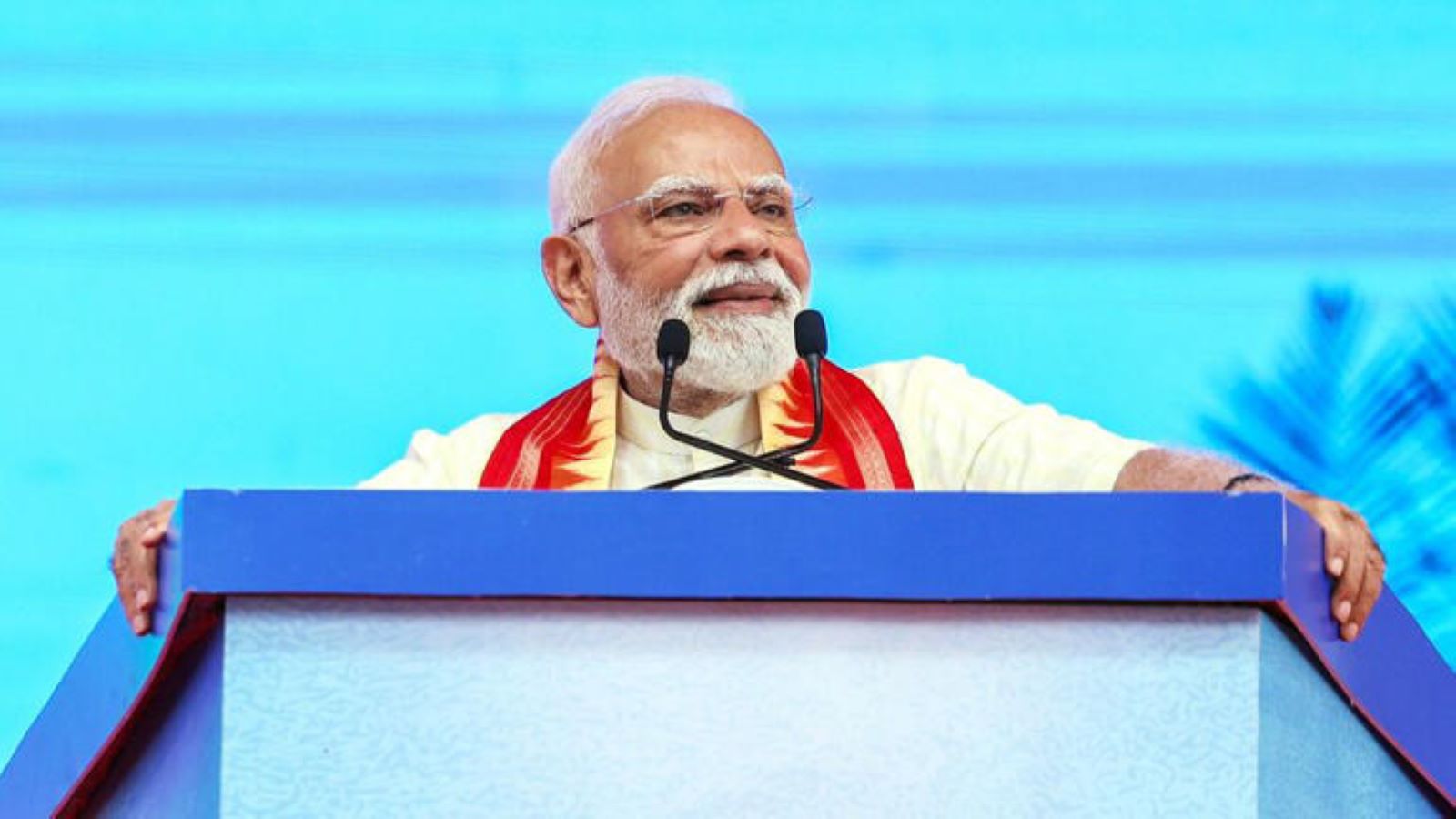Prime Minister Narendra Modi has signaled that hybrid vehicles will play a crucial role in India’s clean mobility strategy. His remarks reflect a broader and more inclusive approach to reducing vehicular emissions, placing hybrids alongside battery electric vehicles (EVs) as an important part of the country’s green transition. For the auto industry, which has long urged government support for hybrids, this comes as a positive development.
Key Takeaways
- The Prime Minister’s statement points towards a technology-neutral policy for clean vehicles.
- This could lead to a reduction in the Goods and Services Tax (GST) for hybrid cars.
- Automakers like Maruti Suzuki and Toyota have consistently pushed for incentives for hybrids.
- Hybrids are viewed as a practical intermediate step between petrol cars and fully electric vehicles, addressing issues like range anxiety and charging infrastructure.
Until now, discussions around clean mobility in India have largely centered on EVs, which benefit from a low 5 percent GST rate. In comparison, hybrid vehicles currently attract a much higher tax of 43 percent, which includes a 28 percent GST plus a 15 percent cess. This steep tax burden has kept hybrids out of reach for many consumers and has been a point of frustration for automakers investing in the technology.
A hybrid vehicle combines a conventional petrol or diesel engine with an electric motor and a small battery. At lower speeds, the car can run on electric power alone. At higher speeds, the petrol engine takes over or works alongside the motor, leading to better fuel efficiency and lower emissions than standard internal combustion engine (ICE) vehicles.
Major automakers, especially Maruti Suzuki and Toyota Kirloskar Motor, have welcomed the Prime Minister’s position. They argue that strong hybrids offer a realistic option for the Indian car buyer. Unlike EVs, they do not require external charging, which means no dependence on charging infrastructure or concerns about range. At the same time, they deliver improved fuel economy and reduced emissions, making them a practical bridge while the EV ecosystem matures across the country.
The potential policy change could also influence the upcoming FAME III (Faster Adoption and Manufacturing of Electric Vehicles) scheme. The earlier phases of FAME mainly focused on supporting EVs and expanding charging networks. Including hybrids under the scheme would expand the scope of government support. A GST reduction would be the most straightforward step, making hybrids more affordable and attractive to buyers.
While the final decision on tax changes will rest with the GST Council, the Prime Minister’s remarks have raised expectations within the industry. Many see this as a sign that hybrids may soon get a fairer policy push. It suggests that India might pursue a balanced path, relying on a mix of technologies rather than a single solution, to reach its ambitious climate goals.
Frequently Asked Questions (FAQs)
Q1. What is the current GST on hybrid cars in India?
A1. Currently, hybrid cars in India are subject to a 28% GST rate plus a 15% cess, bringing the total tax incidence to 43%. This is much higher than the 5% GST applied to electric vehicles.
Q2. Are hybrid cars a practical option for Indian roads?
A2. Hybrid cars are considered a practical option for India as they offer significantly better mileage than petrol cars and do not depend on a widespread public charging network. They help reduce fuel consumption and emissions without causing the range anxiety often associated with fully electric cars.
Q3. Which car companies in India are major proponents of hybrid technology?
A3. Maruti Suzuki and Toyota Kirloskar Motor are the two leading automakers in India that have heavily invested in and promoted strong hybrid technology in their vehicle lineups, including popular models like the Grand Vitara, Urban Cruiser Hyryder, and Innova Hycross.
Q4. How will lower taxes on hybrids benefit consumers?
A4. If the government reduces the GST on hybrid cars, their final on-road price will decrease. This would make them a more affordable and attractive option for car buyers looking for a fuel-efficient and environmentally friendlier vehicle than a standard petrol car.



















